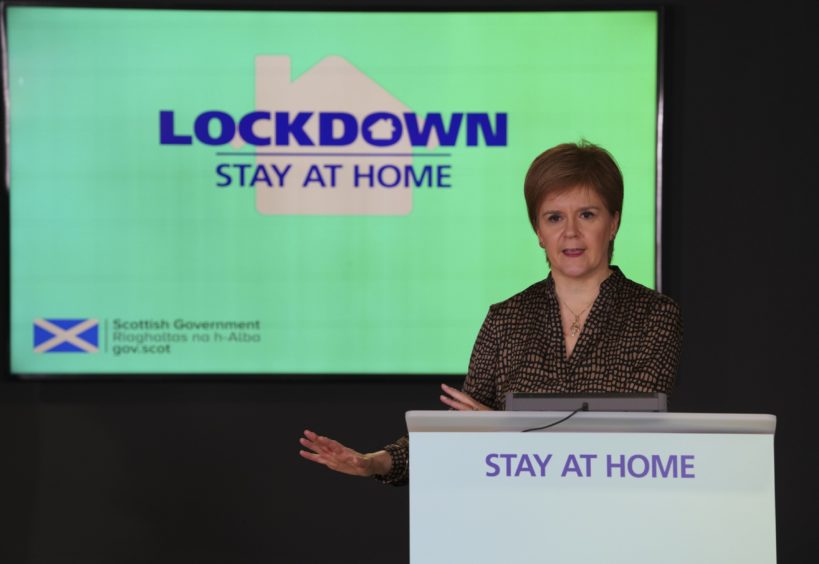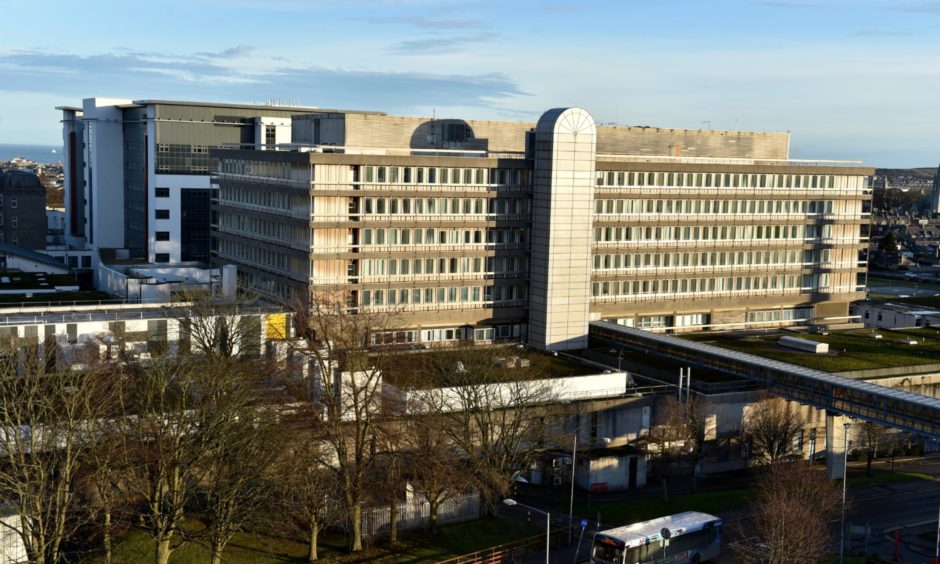The path out of lockdown will be tighter with “not a lot of room for manoeuvre” an NHS Grampian expert has warned – amid outrage from business leaders at the slow pace of reopening the country.
Much has been made of Aberdeen’s significantly reduced number of Covid cases as evidence the north-east need not wait until the end of next month for a move back to the tiered restriction system.
With the Granite City’s number of weekly cases hovering in the mid-20s, some have even argued the proposed move to Level 3 for urban areas on April 26 would be too cautious.
Currently, Aberdeen has weekly case figures of 25.4 per 100,000 of the population – while NHS Grampian as a whole and NHS Highland sit on 29.7 and 32.6 respectively.
But Jillian Evans, the north-east health board’s head of health intelligence, has warned the route out of this latest lockdown, imposed on Boxing Day, must be slower than that from earlier closures.
Last week the Scottish Government revealed a review of the levels, as we came to know them in the second half of 2020, would be confirmed by the middle of this month.
It comes as the World Health Organisation (WHO) advised the metrics used to gauge freedoms afforded to areas in Levels 0-4 need to be tightened.
When adopted in Scotland, it could result in the threshold for weekly cases per 100,000 being halved for the top tier restrictions.
WHO’s suggested tiered system will lower the cut-off to be under level 4 restrictions from 300 weekly cases per 100,000 to 150, the third tier from 150 to 50, level 2 from 75 to 20, level 1 from above 20 to less than 20, and 0 – as near freedom from restrictions as possible – from less than 20 to “close to 0”.
The 94-page document reads: “The ranges for case rates are lower than the ranges we published in the original strategic framework and allow us to take into account
the increased transmissibility of the new variant.
“This means that areas will stay at higher levels until case numbers have fallen further than would have been the case under the approach we took between October and
December, when the new variant emerged.”
And while the weekly case numbers and test positivity rates were the two main scientific factors in decision-making around levels before, now there will be another four to contend with.
NHS Grampian’s Dr Evans told The P&J: “It’s similar in some ways, but the criteria for easing restrictions will be tighter than they were previously.
“That will have an influence on the concerns we are hearing from business about the economy.
“The threshold for case rates has lowered so that while you may think you should be in Level 3, actually you would be in Level 4 now.”
The framework document indicates advisors will also now take account of further trend analysis at local levels, infection patterns for older people, hospital admissions and intensive care occupancy – for both Covid and non-Covid patients – and the ability of health boards like NHS Grampian and NHS Highland to resume more day-to-day treatments and operations.
With all the changes, and the more infectious Kent variant now accounting for 80% of cases in Scotland, Dr Evans has warned it might be premature to be calling for Aberdeen’s imminent move to level 2.
“Scotland appears to be bang in the middle of the WHO criteria so, in terms of restrictions, we are doing the right thing at the moment by not easing off too soon,” she said.
“We are in a good place at the moment and the challenge is to stay there.
“If we really want to sustain not having restrictions we need to do two things at the same time – keep infections low and have a high uptake of the vaccination.
“If either is compromised, we will be in danger of having restrictions imposed once again.”


